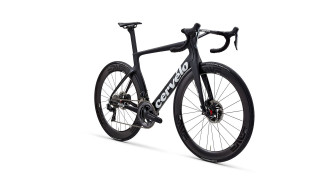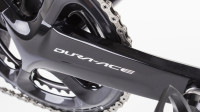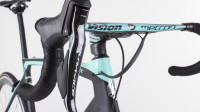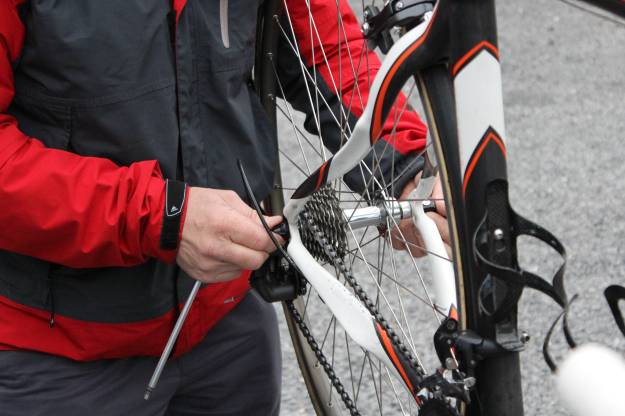With a redesigned S-Series we talk to Philip Spearman, Product Education at Cervélo. In this second article we find out what has changed with the new S-Series and why disc brakes are the future.
Insight Zone: How significant are the aero advances on the new S-Series bikes?
Cervélo: They are significant and, in a time where it’s getting incredibly difficult to find aero gains, we still had aerodynamics at the top of the agenda for both the S5 and S3. Gone are the days when one feature would get you profound savings, it’s now a case of accumulating small changes that together add up to something significant. We’re still with making the rider faster, not the bike faster and we don’t see the bike in isolation, we see it in motion with a rider on it. With the new S5 we’ve saved an additional 5.5W over the previous one, which in itself was a real pinnacle of aero design. With the S3 because we had the opportunity to decouple it from rim brakes and other things that demand real estate on the design, we were actually able to save 100g of drag which equates to 13W and is the single biggest redesign saving we’ve ever had.
Insight Zone: Any stiffness gains?
Cervélo: With the S5 we were looking to increase the stiffness numbers and we’ve achieved this. Stiffness is a function of different things. Material modulus; but we’re not using anything different to anyone else, it’s the same fibres, it’s just how you use them. Shape also plays a big part. The maturity in this bike comes from blending the work we did on handling with the C and R Series and a lot of the structural work we did with the previous R Series. With the S3, there’s a bit of an increase in stiffness but we really wanted to hold the values where they were previously because people reacted really positively to how it felt.
Insight Zone: The new S5 is disc brake only. How have you found incorporating disc brakes into road bike design and what’s the future of braking?
Cervélo: When we started incorporating discs into our designs a couple of years ago, you have to bear in mind we weren’t coming from cyclo-cross or mountain biking, so they were completely new to us. We quickly realised that the function of putting discs on a bike had to be at the forefront of the design. We came up with the notion of “Designed for Discs”. So, if you’re going to build a disc brake bike, you’ve got to start with the assumption you’re building a disc brake bike not a rim brake bike that you then adapt for discs.
There were some issues early on, such as ticking UCI boxes, but, on the whole, discs have freed us from some of the constraints that have always challenged and restrained us. We no longer for example had to have a brake on the front above the wheel and on the back of the seat-stays. Once we could get rid of those, we could really change the designs around those areas.
We’re pretty certain, now that the UCI have allowed disc brakes across the board, that, for performance bikes at elite level, this is the end for caliper brakes. There are still improvements to make with disc brakes for road application but they’ll come. The bottom line is that with disc brakes we can build stronger, stiffer, lighter and obviously better braking bikes. Also, the wheel manufacturers will tell you that discs allow them to make a lighter and stronger wheel because they’re freed from having to have a brake track.
The S3 is still available in a rim or disc brake version though as we’re aware that there are cyclists who still want rim brakes or have a garage full of rim brake wheels. The S5, as you say, is only available with discs.















